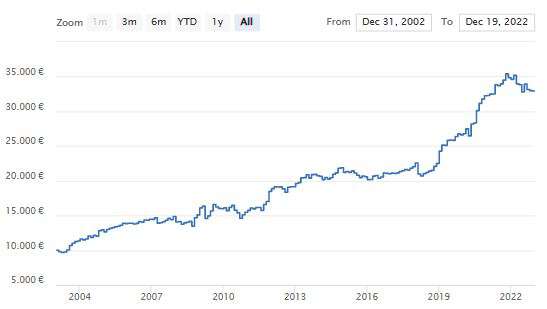The End of Month effect has been the subject of many scientific studies. Statistics show that stock prices, and in particular US stock prices, tend to go up during the last days and the first days of the month.
Economists Lakonishok and Smidt calculate in their study – Are seasonal anomalies real? A ninety-year perspective – that most of the average annual return of the Dow Jones index over the period 1897-1986 was realised in the first and the last days of the month. Incredibly, keeping a position during the rest of the month, contributes little to an investor’s return!
Economists Carchano and Tornero in their study – Calendar Anomalies in Stock Index Futures – write: “Our analysis shows that the ‘end of the month’ effect in the S&P 500 future is the only calendar effect that is statistically and economically significant over a long period of time.”
The strategy opens a position four days before the end of the month and sells the position three or four days after the start of the month. Many experienced investors use similar strategies.
Implementation could be achieved with a Future (ES or MES) or Contracts for Difference (CFD`s).
If you want not to miss this signal and our others:
This incredibly simple strategy results in a hit rate of 66% and a profit factor of over 2.0 since 2003.
